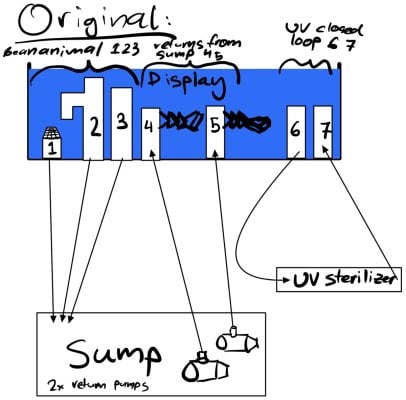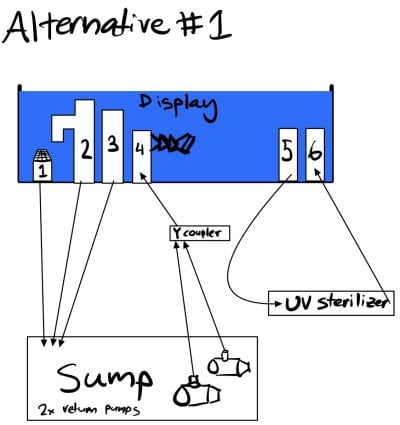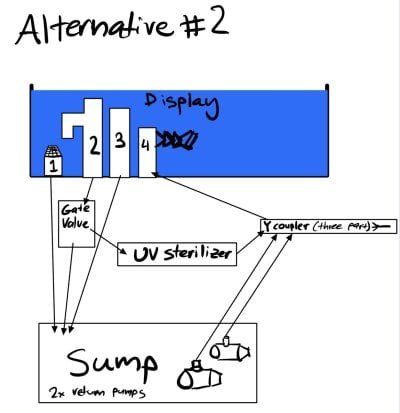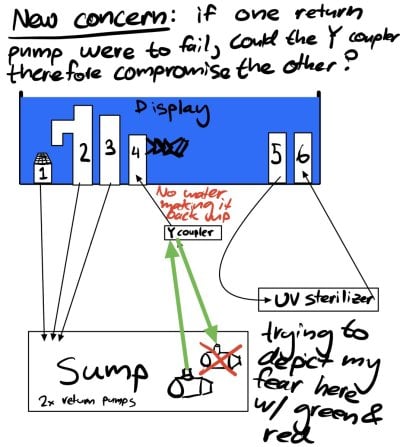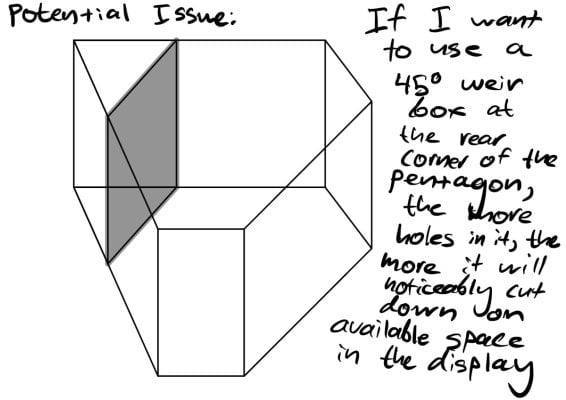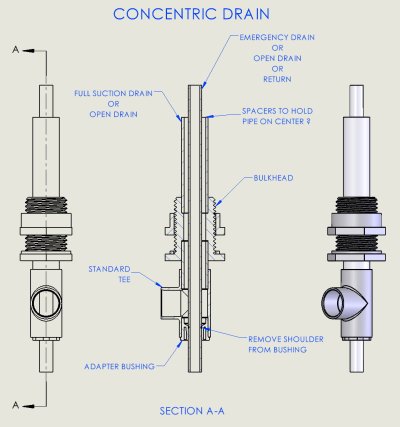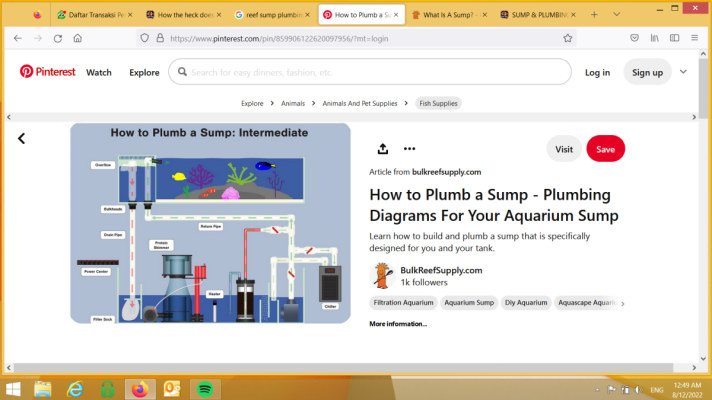I'm contemplating a large pentagon corner tank build, and want the option to add UV in the future. I'd like to be able to keep the tank flush against the walls, so I am interested in an internal overflow system with holes drilled in the bottom of the tank, rather than needing pipes to protrude behind the aquarium were I to use side drilled overflow methods.
I want to plan my tank with future potential in mind. That includes the desire for both redundancy, and the ability to upgrade components of the build in the future. Namely- I don't plan on using it until after the tank has cycled and housed fish for several months, but I'd like the tank to be plumbed to support a UV system. I also want the overflow system for the sump to be a bean animal drain.
I'm struggling to find any articles or information on how I'd go about implementing both a bean animal drain and UV with internal overflows. My big question is: Does this mean my tank will need to have 6 holes drilled in the bottom?
-Bean animal primary standpipe
-Bean animal secondary standpipe
-Bean animal emergency standpipe
-Sump Return
-UV standpipe
-UV return
-This doesn't even account for a secondary return if I wanted to use two return pumps! That would make it 7!
Assuming I need SIX or SEVEN holes, the bottom of my aquarium is going to look like Swiss cheese. Moreover, the weir box will take up a MASSIVE column and waste a ton of space within the tank, since the holes need to have enough distance between them to maintain the bottom's integrity. There's gotta be a better way! I've read that UV works best as a closed loop separate from the pathway that water takes through your sump. I consider that especially important considering that UV has the chance of killing a large portion of the copepods entering the tank from the refugium. So, I'd want the UV to be separate from the sump. But, is there any way to use manifolds with gate valves to accomplish all these functions with less holes in the tank? I don't understand how that would work. Can someone explain and maybe help me devise a plumbing map to follow for my build?
I want to plan my tank with future potential in mind. That includes the desire for both redundancy, and the ability to upgrade components of the build in the future. Namely- I don't plan on using it until after the tank has cycled and housed fish for several months, but I'd like the tank to be plumbed to support a UV system. I also want the overflow system for the sump to be a bean animal drain.
I'm struggling to find any articles or information on how I'd go about implementing both a bean animal drain and UV with internal overflows. My big question is: Does this mean my tank will need to have 6 holes drilled in the bottom?
-Bean animal primary standpipe
-Bean animal secondary standpipe
-Bean animal emergency standpipe
-Sump Return
-UV standpipe
-UV return
-This doesn't even account for a secondary return if I wanted to use two return pumps! That would make it 7!
Assuming I need SIX or SEVEN holes, the bottom of my aquarium is going to look like Swiss cheese. Moreover, the weir box will take up a MASSIVE column and waste a ton of space within the tank, since the holes need to have enough distance between them to maintain the bottom's integrity. There's gotta be a better way! I've read that UV works best as a closed loop separate from the pathway that water takes through your sump. I consider that especially important considering that UV has the chance of killing a large portion of the copepods entering the tank from the refugium. So, I'd want the UV to be separate from the sump. But, is there any way to use manifolds with gate valves to accomplish all these functions with less holes in the tank? I don't understand how that would work. Can someone explain and maybe help me devise a plumbing map to follow for my build?





